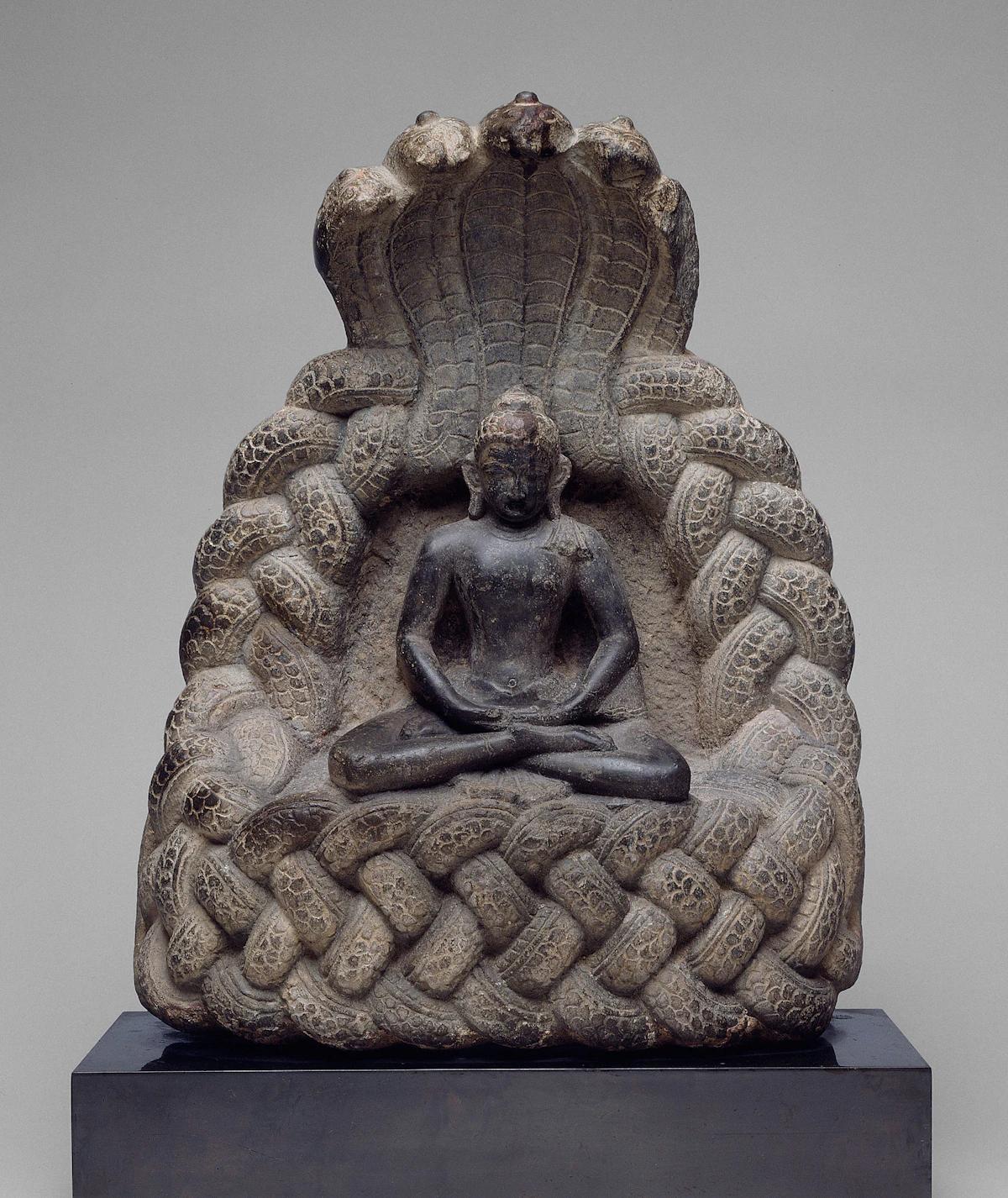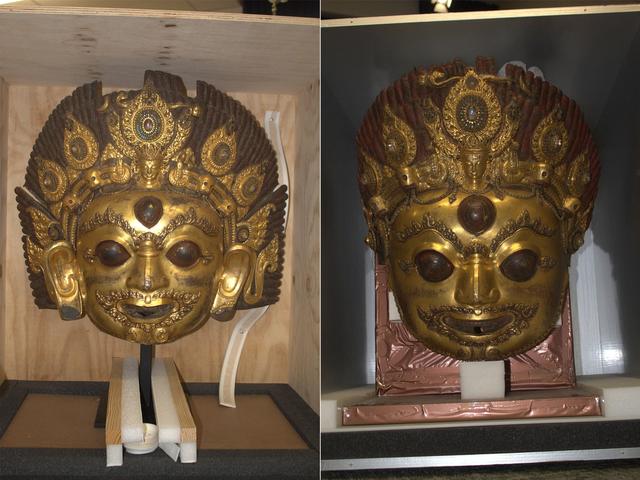On 3 March, the Art Institute of Chicago (AIC) announced the initiation of a voluntary repatriation to Nepal. The 12th-century artefact in question, a “significant sculpture” dubbed Buddha Sheltered by the Serpent King Muchalinda, will be returned to its home country after provenance research at the museum unearthed new details of its origin. The AIC proactively contacted the Embassy of Nepal in Washington, DC, after discovering that the work had been stolen from Guita Bahi in the Kathmandu Valley. (The AIC’s provenance-research team is one of the largest in the US.)
“This return reflects the importance of provenance research, as well as the Art Institute’s proactive outreach and collaboration with countries and communities,” Jacques Schuhmacher, executive director of provenance research at the museum, said in a statement. “We are grateful to work in partnership with our colleagues from Nepal to return this object to its place of origin, and to collaborate and learn from each other into the future.”
The sculpture has been on display at the AIC since 1997. It depicts the Buddha protected by the serpent king, a religious metaphor for impermanence, during a sudden storm.
“This sacred sculpture is a carrier of stories, traditions and values that have shaped Nepal’s religious, spiritual and cultural identity for centuries,” Sharad Raj Aran, chargé d’affaires at the Embassy of Nepal, said in a statement. “Its return strengthens the bond between heritage and community, ensuring future generations can connect with their history.” He also emphasised the opportunities for “future collaboration” between the Nepalese government and the AIC.
In recent years, New York’s Rubin Museum and Metropolitan Museum of Art have both returned Nepalese antiquities, some linked to the notorious smuggler Subhash Kapoor.



